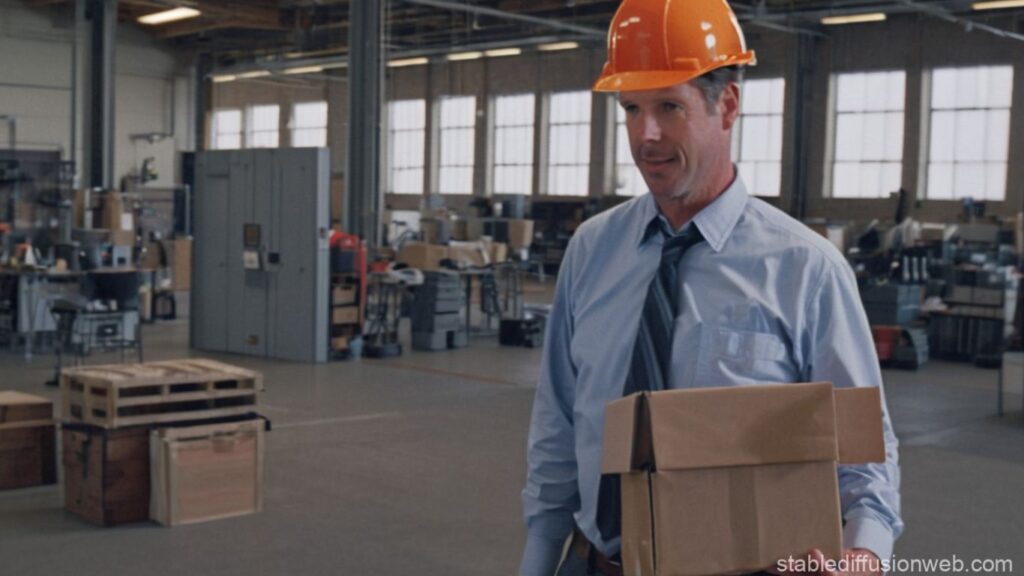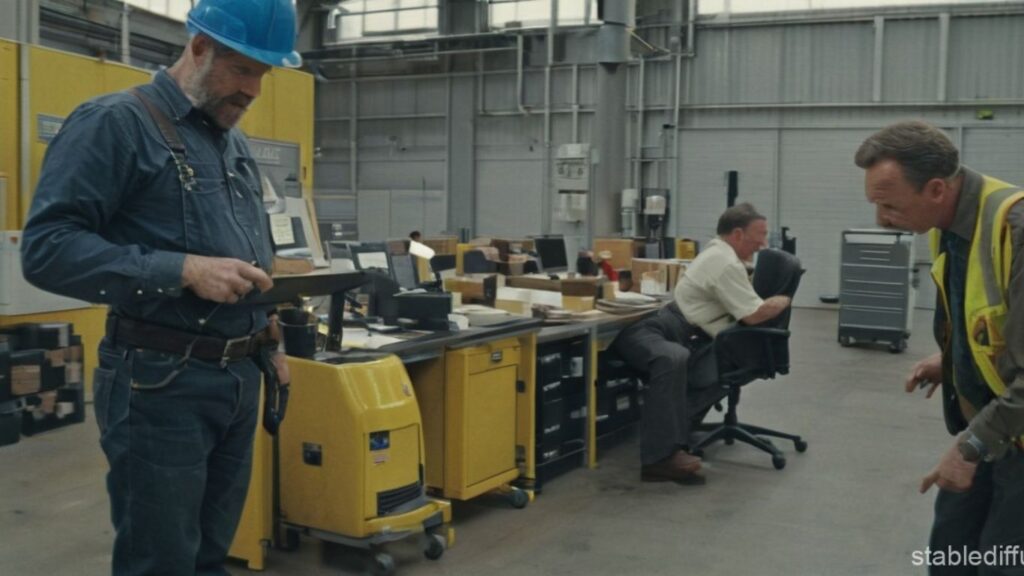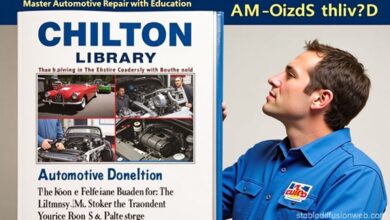The Ultimate Guide to Protective Industrial Products: Ensuring Workplace Safety

Introduction
Workplace safety is a non-negotiable priority for businesses across industries. From manufacturing plants to construction sites, ensuring the safety of workers is essential to preventing injuries, improving productivity, and complying with industry regulations. The best way to achieve this is by using protective industrial products that safeguard employees from hazards such as falls, cuts, burns, airborne particles, and chemical exposure.
In this comprehensive guide, we will explore the importance, types, benefits, and future trends of protective industrial products, ensuring you make informed decisions for a safer work environment.
Why Protective Industrial Products Are Essential

Ensuring Compliance with Safety Regulations
Every country has strict workplace safety laws that businesses must follow to protect employees. Compliance with organizations like OSHA (Occupational Safety and Health Administration), ANSI (American National Standards Institute), and ISO (International Organization for Standardization) is mandatory for reducing workplace hazards.
Failing to provide proper protective industrial products can lead to:
- Increased workplace injuries
- Expensive legal penalties
- Higher medical costs and insurance claims
- Lower employee morale and productivity
Investing in protective industrial products ensures compliance with safety laws while demonstrating a company’s commitment to employee well-being.
Protection Against Workplace Hazards
Different industries pose various risks, requiring specific protective industrial products to minimize danger. These include:
- Head protection for construction workers against falling debris
- Eye protection for laboratory technicians handling hazardous chemicals
- Respiratory protection for workers exposed to harmful fumes or dust
- Hand protection for factory workers handling sharp tools or hot surfaces
- Fall protection for workers at elevated heights
By providing employees with protective industrial products, businesses can create a safer work environment and reduce accident-related costs.
Essential Types of Protective Industrial Products

There are various categories of protective industrial products designed to address specific workplace risks. Below, we outline the most important types and their benefits.
Head Protection
- Hard Hats & Helmets: Prevent head injuries from falling objects and impacts.
- Bump Caps: Lightweight protection for minor head injury risks.
Eye and Face Protection
- Safety Goggles & Glasses: Shield against debris, chemicals, and UV exposure.
- Face Shields: Provide added protection from splashes and sparks.
Hand Protection
- Cut-Resistant Gloves: Protect against cuts from sharp tools.
- Chemical-Resistant Gloves: Essential for handling hazardous substances.
- Heat-Resistant Gloves: Used in high-temperature environments.
Respiratory Protection
- Disposable Face Masks: Prevent inhalation of dust and allergens.
- Respirators (N95, P100, etc.): Offer advanced protection against toxic fumes and airborne contaminants.
Hearing Protection
- Earplugs: Reduce noise exposure in loud work environments.
- Earmuffs: Provide superior noise reduction.
High-Visibility Clothing
- Reflective Vests & Jackets: Ensure worker visibility in low-light conditions.
- Flame-Resistant Clothing: Essential for fire-prone workplaces.
Foot Protection
- Steel-Toe Boots: Prevent injuries from falling or heavy objects.
- Slip-Resistant Shoes: Reduce workplace slips and falls.
Fall Protection
- Harnesses & Lanyards: Critical for working at heights.
- Safety Nets: Reduce injury risks in fall-prone industries.
Each of these protective industrial products plays a vital role in reducing workplace risks and ensuring compliance with safety standards.
Benefits of Investing in Protective Industrial Products
Improved Workplace Safety
Providing the right protective industrial products reduces injuries, prevents fatalities, and fosters a safer work culture.
Compliance with Industry Regulations
Using safety gear that meets OSHA, ANSI, and ISO standards helps businesses avoid legal fines and ensures a compliant workplace.
Enhanced Productivity
When workers feel safe, they focus better on tasks, leading to improved efficiency and job satisfaction.
Long-Term Cost Savings
Although high-quality protective industrial products have upfront costs, they prevent expensive medical bills, lawsuits, and insurance claims in the long run.
Future Trends in Protective Industrial Products

Smart PPE Technology
Wearable technology, such as smart helmets and gloves with sensors, is revolutionizing workplace safety by detecting hazards in real-time.
Sustainable Safety Gear
The demand for eco-friendly protective industrial products, including biodegradable gloves and recyclable helmets, is on the rise as businesses move toward sustainability.
Custom-Fitted Protection
Advancements in 3D scanning and printing allow for custom-made PPE that provides a better fit and superior protection.
Ergonomic Safety Gear
Modern protective industrial products focus on comfort, lightweight materials, and adjustable features to enhance wearability for long shifts.
FAQs About Protective Industrial Products
What Are the Most Important Protective Industrial Products for a Workplace?
The most essential protective industrial products depend on the industry. However, common items include hard hats, gloves, safety goggles, respirators, and high-visibility clothing.
How Can Employers Ensure Workers Use Protective Industrial Products Correctly?
Employers should provide training, enforce safety guidelines, and conduct regular inspections to ensure workers use protective industrial products correctly.
Are Protective Industrial Products Mandatory for All Workplaces?
While not all workplaces require PPE, industries such as construction, manufacturing, and healthcare must comply with strict safety regulations mandating the use of protective industrial products.
How Often Should Protective Industrial Products Be Replaced?
The lifespan of protective industrial products varies. Hard hats and helmets should be replaced every five years, while disposable gloves and masks should be replaced after each use.
What Should Businesses Look for When Purchasing Protective Industrial Products?
Businesses should prioritize products that are certified by OSHA, ANSI, or ISO, comfortable for workers, and suited for specific workplace hazards.
Conclusion
Investing in high-quality protective industrial products is not just about compliance—it’s about creating a safe, productive, and legally secure workplace. From headgear and gloves to respiratory masks and high-visibility clothing, every piece of safety equipment plays a crucial role in reducing workplace accidents and ensuring worker well-being.
As technology advances, businesses should stay updated on emerging trends like smart PPE, sustainable materials, and ergonomic designs. By prioritizing workplace safety through protective industrial products, companies can protect employees, improve productivity, and achieve long-term success.
Ensure safety. Invest in protective industrial products today.
CLICK FOR MORE INFORMATION Dailynewsbizz.com




